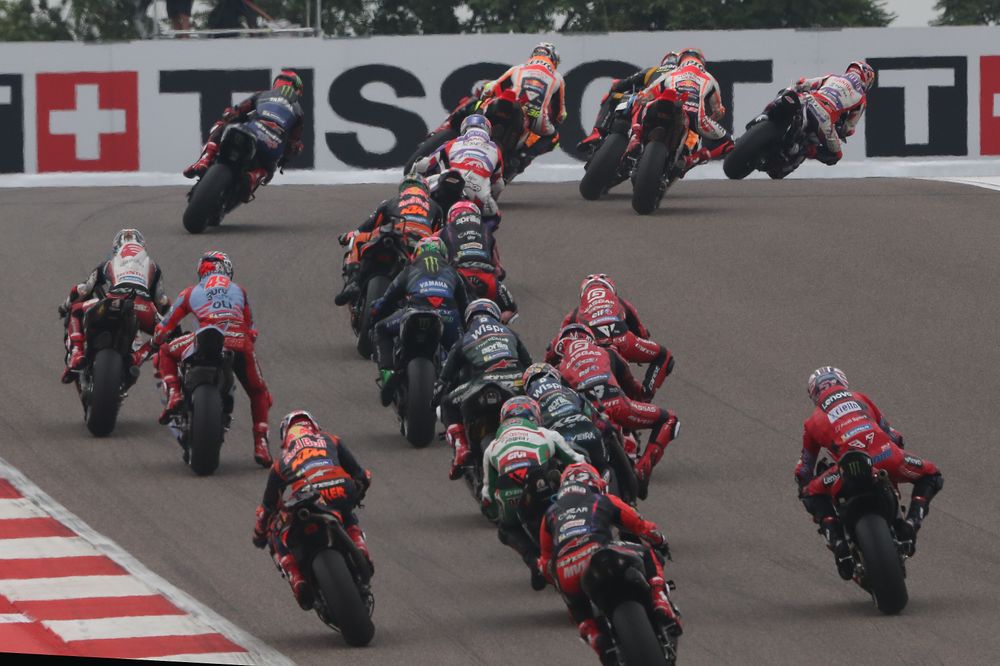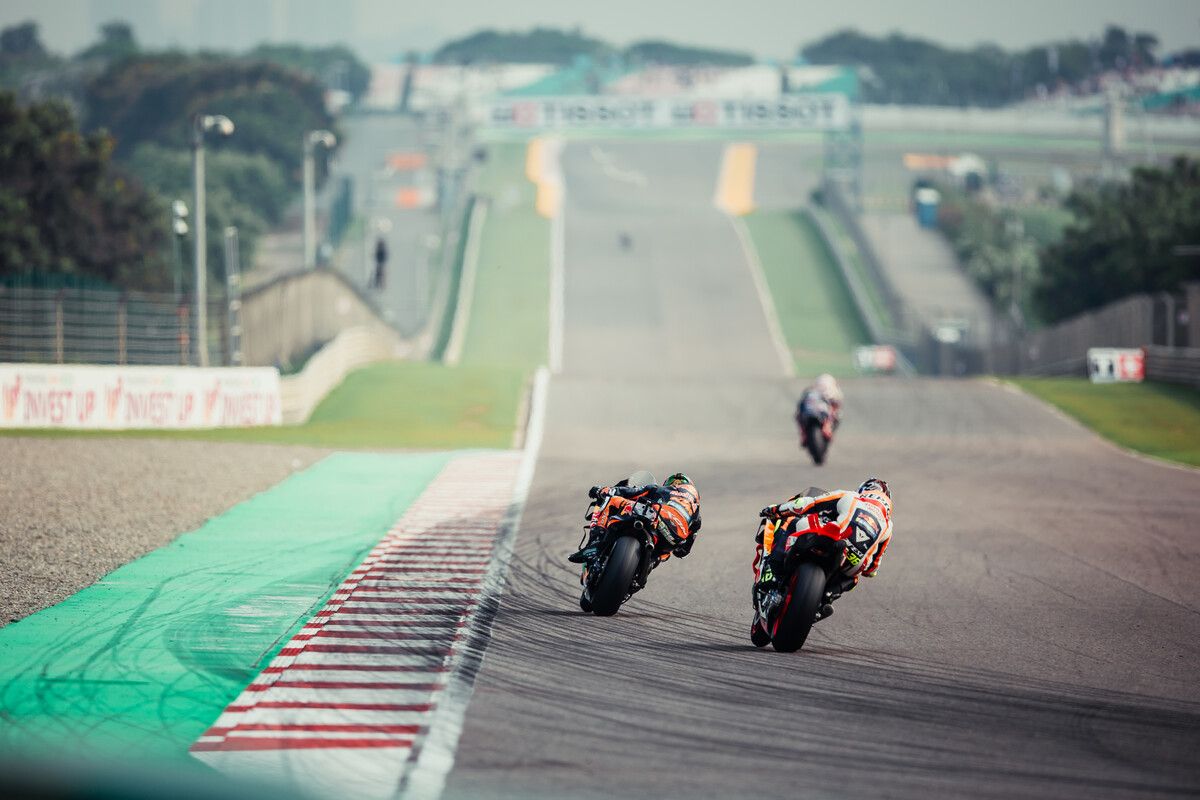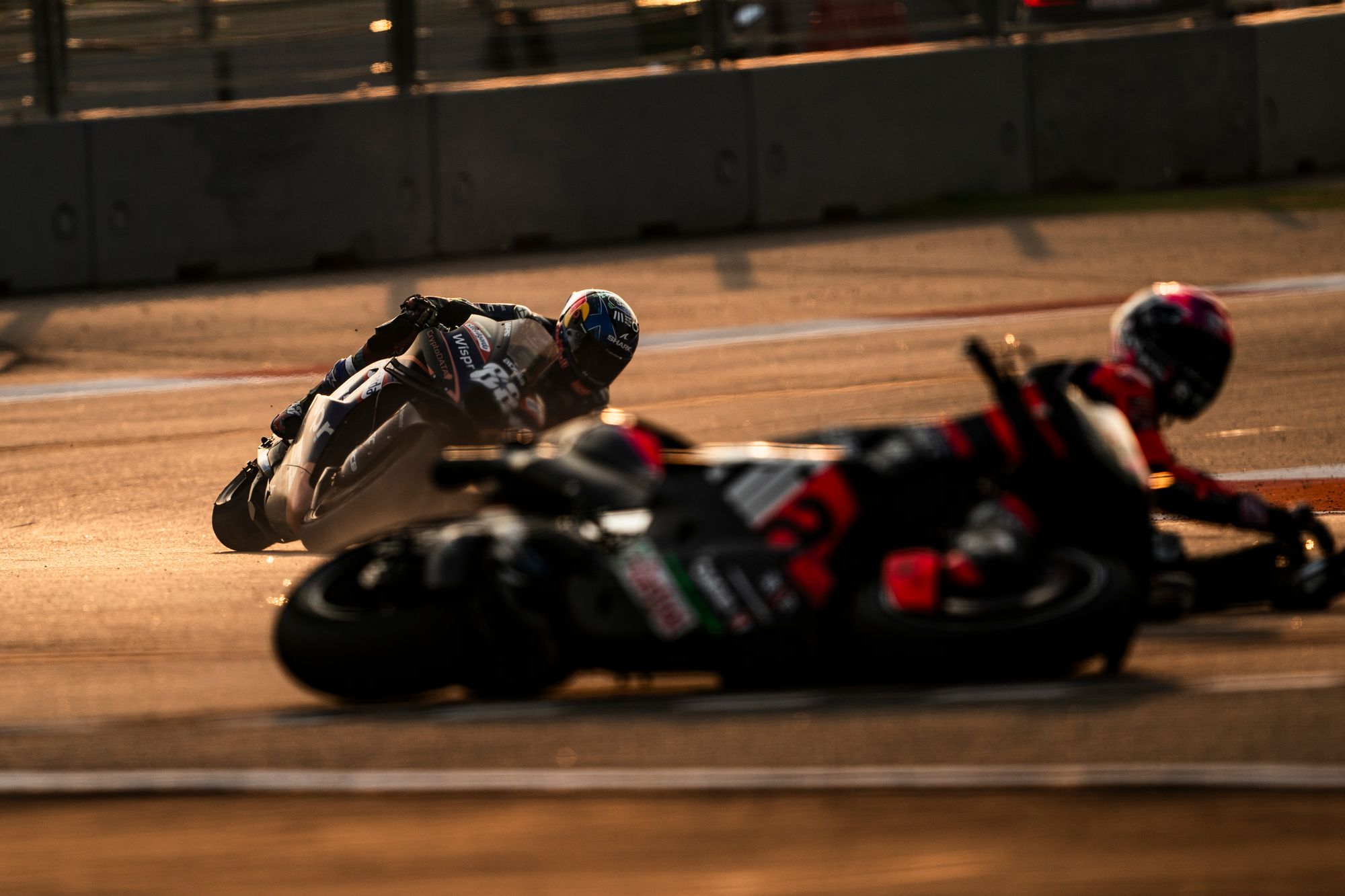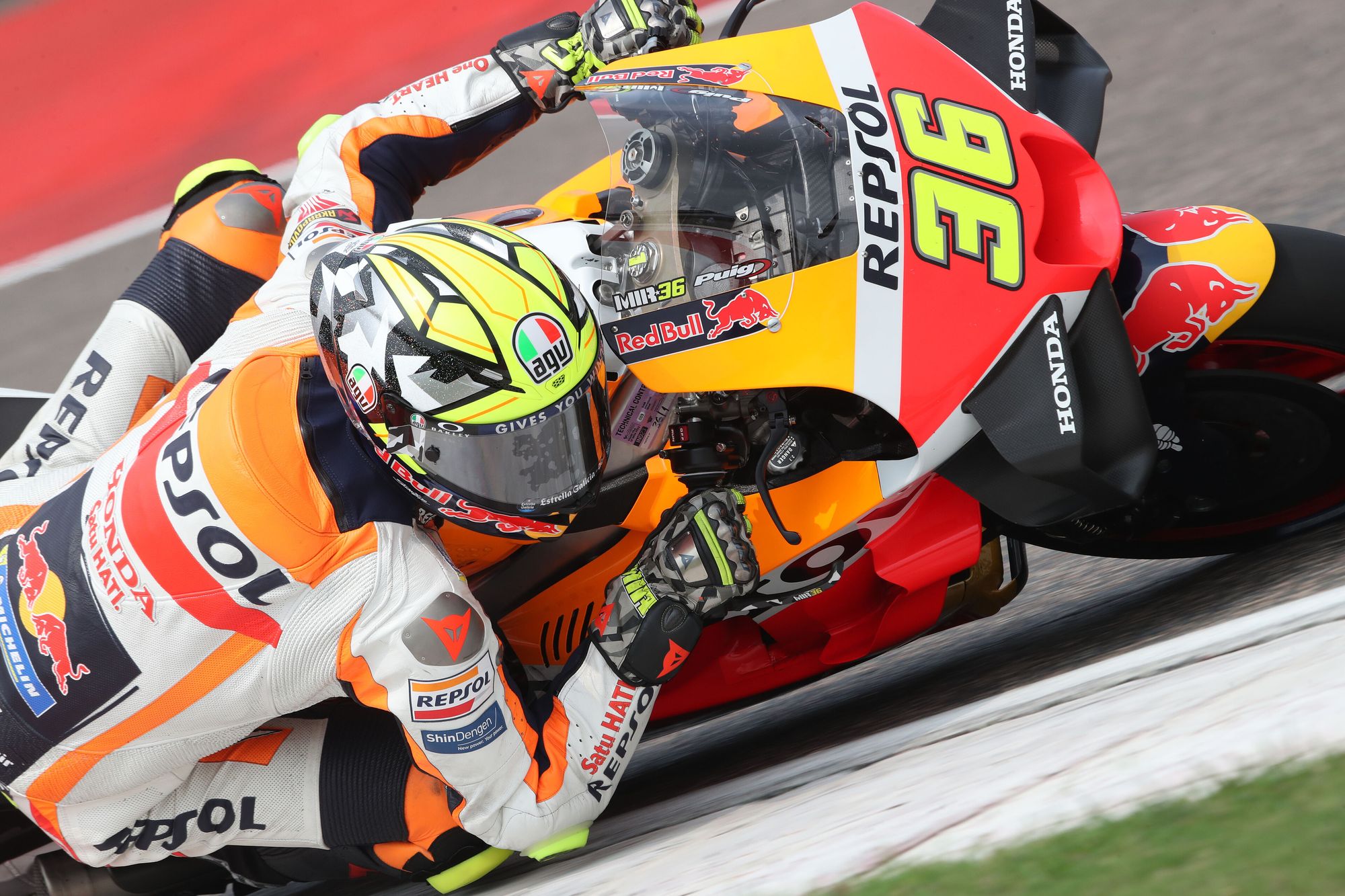Despite all predictions, MotoGP’s inaugural Indian Grand Prix has finally happened. And while there might have been more than a fair share of problems, there’s one overwhelming impression that the series came away with: there’s so much potential to turn the event into one of the crown jewels of the calendar - if those issues can be addressed going forward.
The challenges the race faced have been well documented by now, of course, with the safety issues surrounding the Buddh International Circuit. Originally built very much with car racing in mind rather than two-wheel motorsport - Formula 1 was the initial lure - that was reflected in the design of not just the circuit but its surroundings and safety features.
With asphalt rather than gravel runoff and some perimeter walls very close to the track, it took weeks of work to get things fixed - work that, unfortunately, was largely carried out behind closed doors and without much in the way of progress updates.
That’s why, more than anything else, the paddock was surprised to find a track largely up to specification upon arrival, with multiple riders admitting that they had been perhaps too harsh thanks to the limited information that they were provided with.
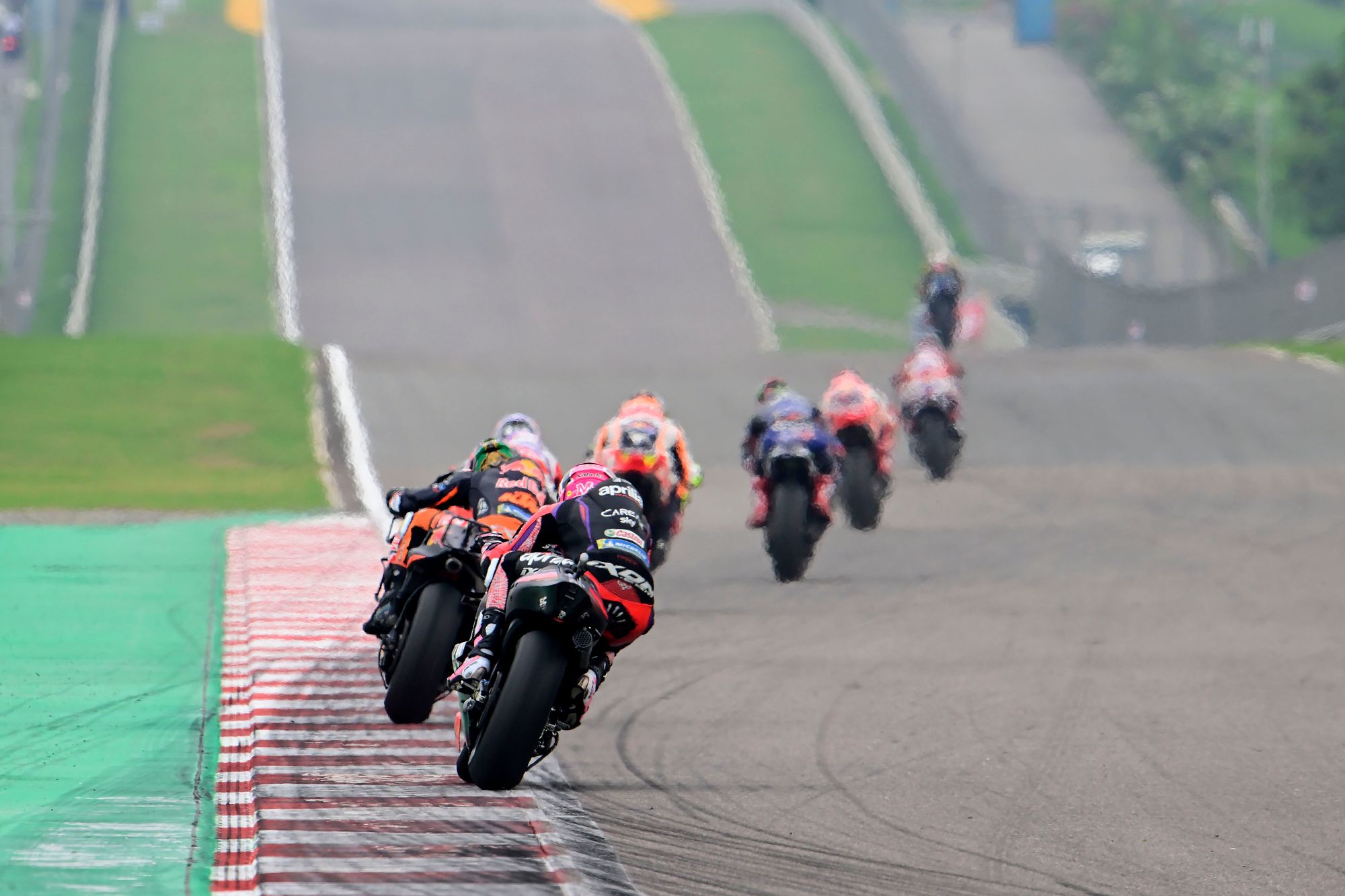
There is still work to be done on safety grounds, with a few suggesting that the circuit got lucky that there was no real MotoGP action in the rain thanks to a few walls that still need to be moved further back. But those aren't significant alterations and, with a promise to return next year, it’s stuff that should be easy for the track to correct over the next 12 months.
Work, too, will need to be done on training up the circuit’s marshals for next year; that too emerged as something of a problem throughout the weekend - but will undoubtedly have been pointed out by riders to the powers that be.
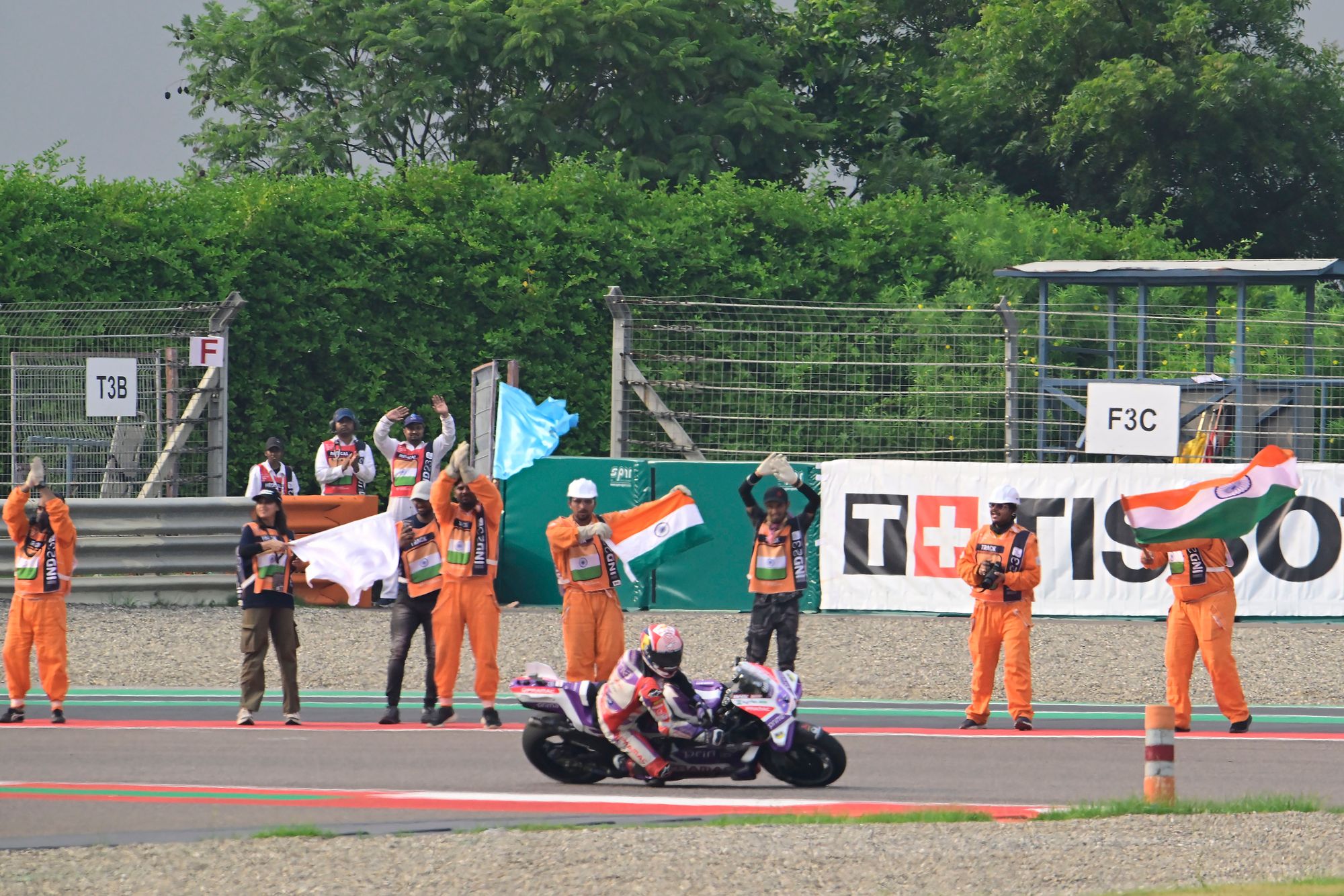
And there is absolutely a desire from riders to return, too, because almost universally they fell in love with the Buddh circuit.
Carrying all the characteristics of universally loved tracks like elevation changes, fast, flowing corners, long straights and hard braking zones, a few such as sprint race winner Jorge Martin even went as far as to suggest that it’s now in contention to be his new favourite track.
While the riders might have fallen in love with the circuit, the paddock as a whole seemed to be impressed with the whole Buddh complex. Geographically huge - on the scale of places like Silverstone or Sepang - and with modern facilities, it wasn’t the difficult place to work in that some expected. (Even if some of the pit boxes did feature surprise residents in the form of a monkey colony!)
That’ll only improve in the near future, too, as New Delhi’s airport moves from the far side of the capital city to within a stone’s throw of the circuit, something that will alleviate some of the travel headaches associated with feeding, housing and transporting the 2500 members of the paddock.
Another travel pain that shouldn’t be an issue in the future is visas. A harsh lesson was learned about relying upon untrusted agencies by struggling to get travel documents issued for the paddock in time, which also very much jeopardised the event right until the eleventh hour - but that's something you can absolutely rely upon series organiser Dorna not tripping up on next year.
All of those factors, however, did have an impact on one crucial aspect of the race weekend: the crowd figure. The attendance was the worst of the season at only 110,000 across three days, the Sunday figure was only 5000 more than the equivalent at Le Mans, and, according to those trackside, even then perhaps it was an ambitious figure.
However, a large part of that can be explained away by the last-minute rush to get the race ready to go and the knock-on effects of that.
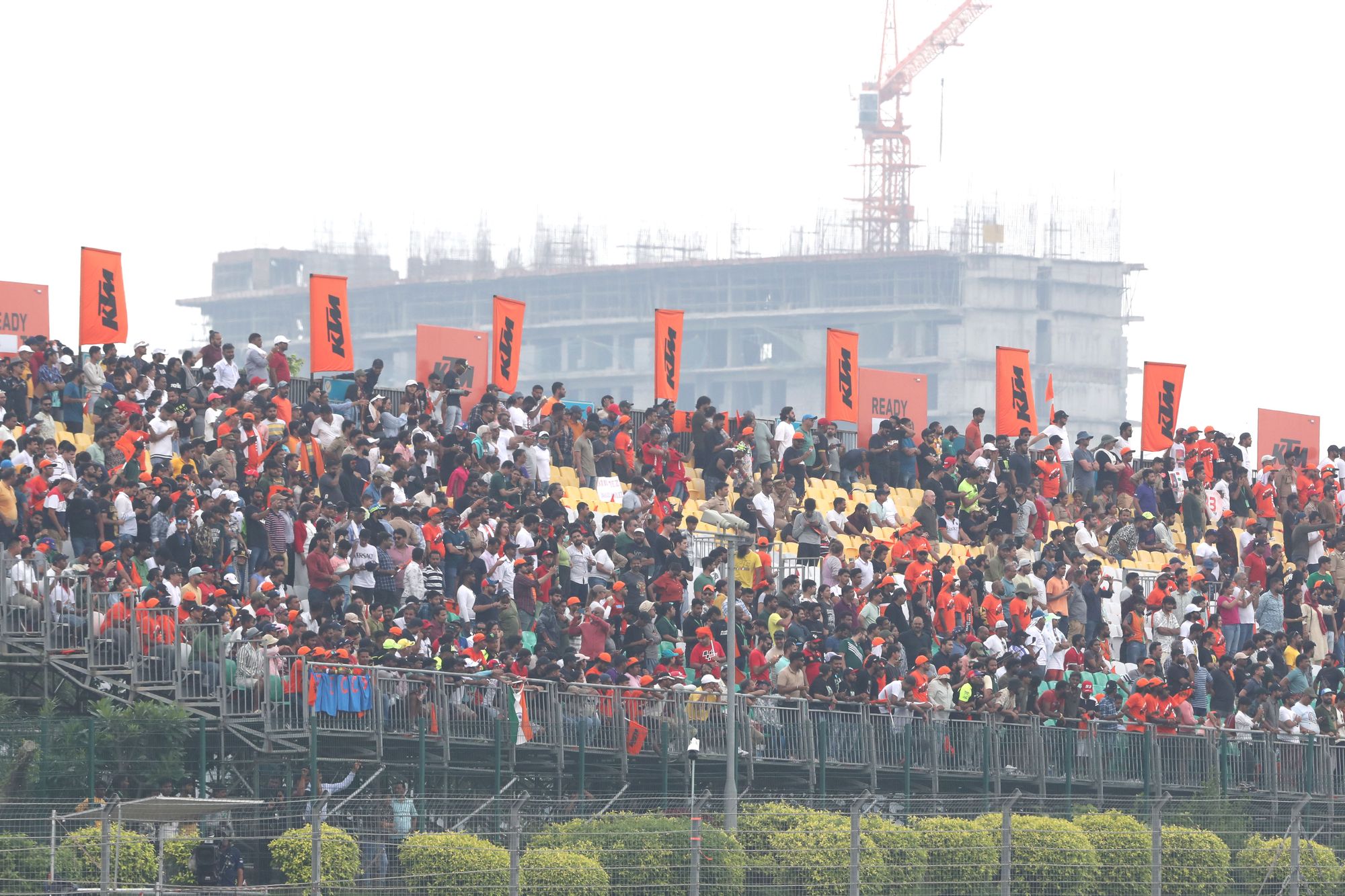
It’s obvious from speaking to plenty of Indian fans that the apprehension about the event going ahead limited ticket sales among the hardcore fans, leaving many choosing to watch from home in year one instead of spending non-refundable money on flights and hotels.
Beyond that, it’s fair to say that in the late drive to ensure the race happened, marketing was left behind. Advertising was slim, general awareness was low, and a clash with the upcoming Cricket World Cup in India all worked against attracting people in for the first time to the 110,000-capacity circuit.
Why F1 in India didn't work out
Edd Straw
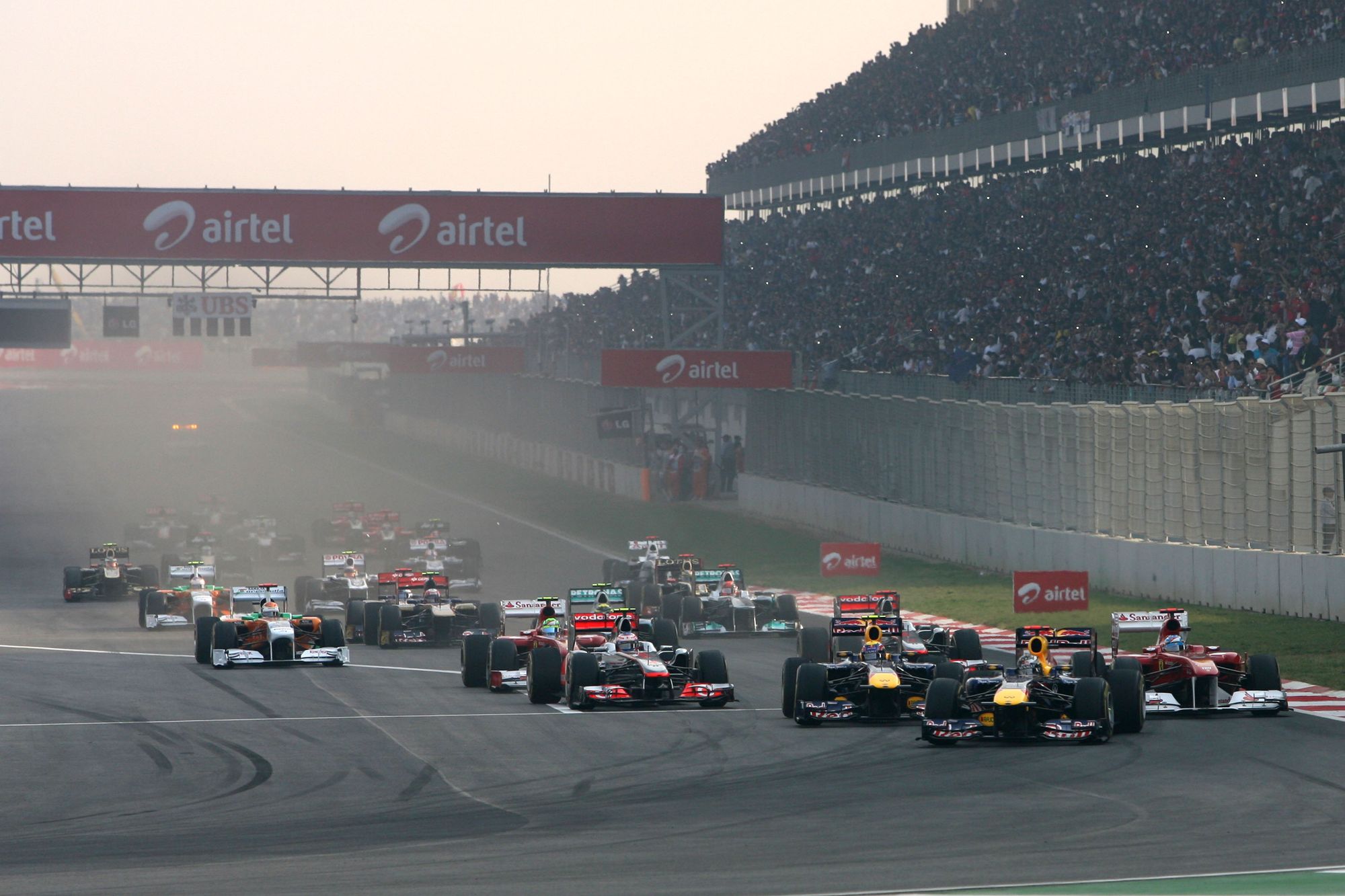
Following Simon’s coverage of the inaugural MotoGP race in India brought back many memories of Formula 1’s three years there from 2011-13.
I attended all three Indian GPs and the concerns about the track and readiness ahead of the MotoGP race felt very familiar. But so too did the fact that the race overall has seemingly been well received by those who were there. As is often the case with new races, the problems can be exaggerated before the fact.
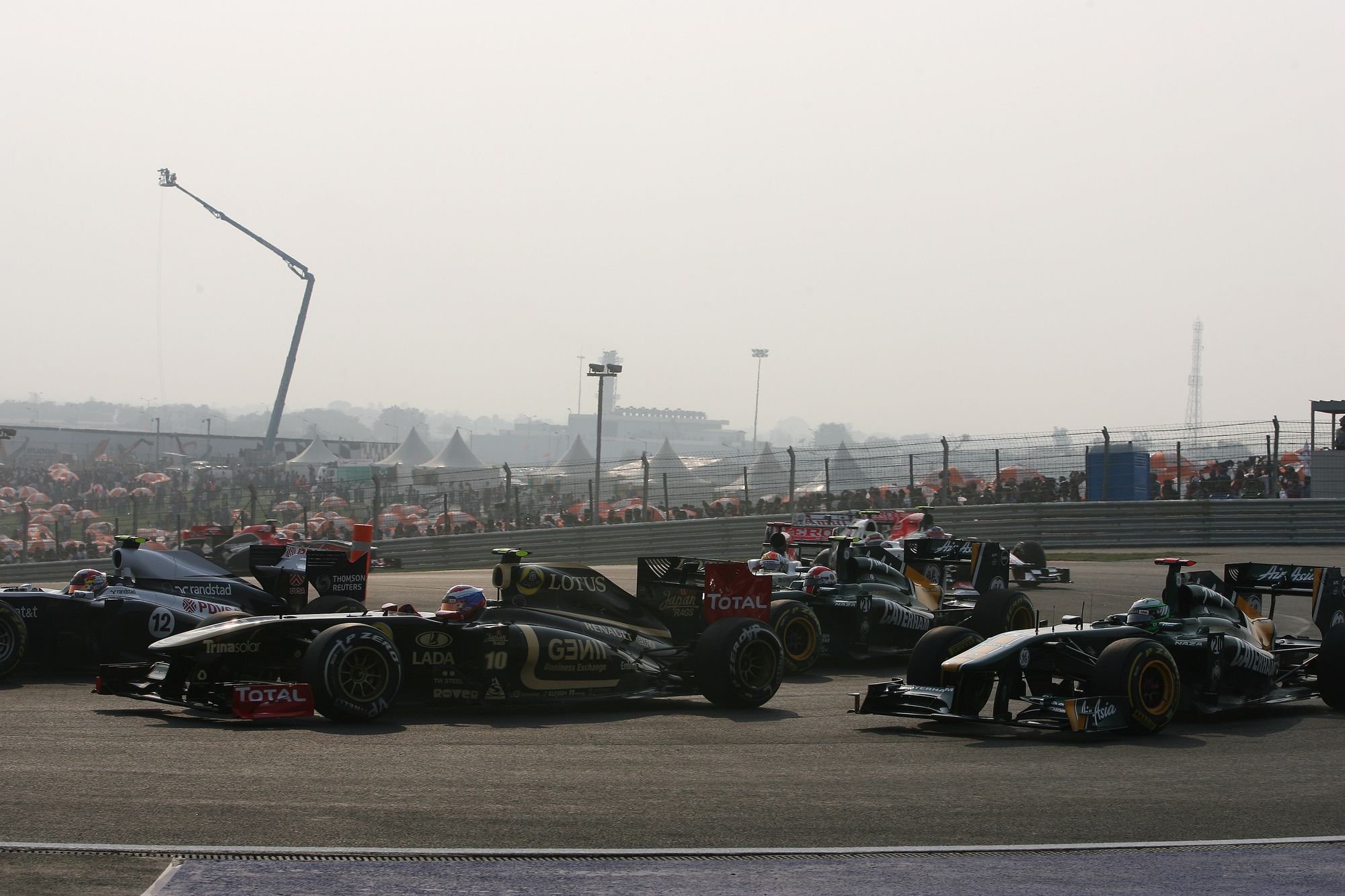
India’s F1 race had enormous potential. Interest was massive in 2011 with a crowd not far short of 100,000 and the hope was that it would allow F1 to make inroads in a country with an enormous population and a great love of sport. The trouble was, it was never on firm financial footing and lacked the government support the F1 financial model required to make it work.
That first year, there were certainly some rough edges - from sewerage problems in the paddock to the infamous ‘stairway to heaven’ spotted on one grandstand that simply led to an unprotected drop. But the fundamentals were ready in 2011 and it was a great start for F1 in India.
It was a shame the race wasn’t sustainable, but India is a wonderful country that has a core of motorsport enthusiasts to build on and deserves races of MotoGP’s stature. Hopefully the event can succeed where F1 failed.
And then, of course, there was the almost insufferable weather. Right up there with some of the hottest conditions that MotoGP has ever raced in, it was too much even for local fans, never mind the riders passing out after the race with heat exhaustion. Hopefully a theorised move next season to a few weeks later should make a substantial difference for everyone.
That’s more good news, too, because the fact remains: MotoGP both needs to and should be returning to India. The response from the small but highly engaged fanbase was incredible, the welcome from the harried but professional circuit staff was second to none, and while the experience needs the rough edges smoothed out for 2024, there is no questioning the commitment of those behind it all.
Returning isn’t just about rewarding the fans already there, though, it’s also about bringing MotoGP to a whole new audience.
Last month alone 12 million motorcycles were sold in India, making it by far the biggest market in the world, and while it doesn’t have the same relationship yet between bike sales and MotoGP-mad fans that Indonesia or Thailand does, that will very much come in time as manufacturers start to use the race in their marketing strategies.
It feels very much right now like MotoGP is at the start of a brand new journey in the world’s most populous country, and there’s much, much more to come with time.

